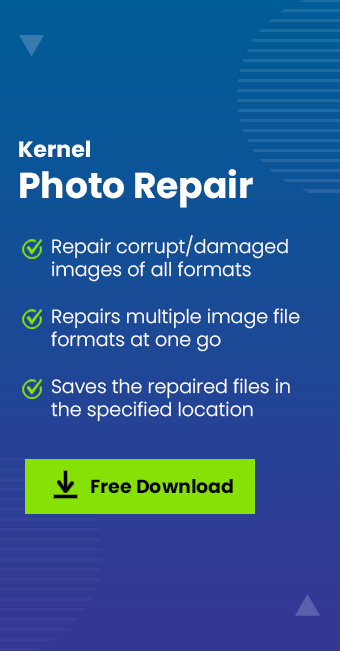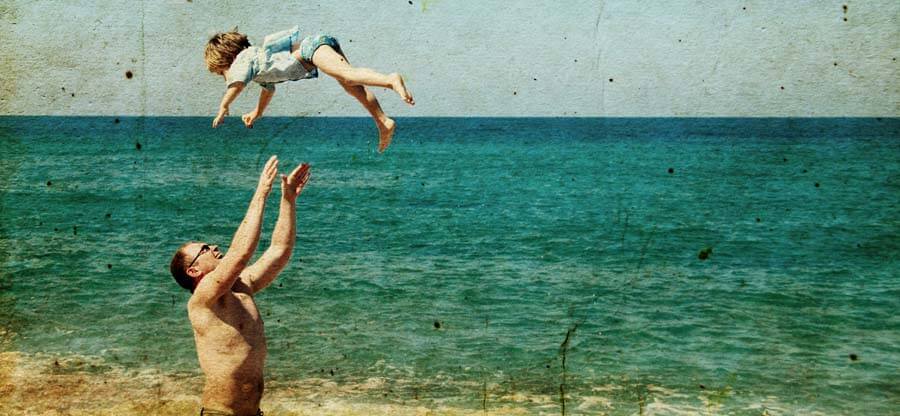Read time: 4 minutes
We all know how important are images and photos in our lives. It can be a collection of one’s nostalgia, a presentation, etc., and the list is not exhaustible. When it comes to storing images, particularly digital images, the concern are there regarding their security, privacy, and storage space. Taking care of all these factors helps you avoid issues like color casting in images. In the present blog, we are going to discuss lossless compression, lossy compression, and no compression of images. This would help you all to decide in which format you should shoot or store your pictures and why.
Here we define different compression methods
- Data Compression
Data compression, also termed Source Coding or Bit-Data Reduction, is the process in which original information or data is encoded using fewer bits in order to reduce its size to make its storage convenient. It is important as its purpose is to reduce the resources needed to store and transmit data. This compression can be lossy or lossless. - Image Compression
It is a kind of data compression used to compress images without losing quality by using visual perception and statistical properties of image data. Image compression can also be lossy or lossless. - Lossy Compression
Lossy compression removes lesser important or unnecessary information by reducing bits. This compression is more suitable for image applications wherein loss of accuracy (which can be unapparent) is admissible in order to reduce bit rate considerably. Since this loss is inappreciable, it is termed visually lossless. Some examples of lossy compression are JPEG, and HEIF. - Lossless Compression
Lossless compression identifies and removes statistical redundancy to reduce bits. Lossless compression is suitable for archival purposes and is mostly used for medical imaging, technical drawings, clip art, or comics. Some examples of this compression are BMP, IGA, TIFF, and DPCM. - Encoder
This refers to the device which programs data compression. - Decoder
This refers to the device which performs decompression of data.
Compressed Vs. uncompressed images
Whenever you take images using any digital camera, DSLR, or Camcorder, you are mostly asked the format in which you wish to take images, whether RAW or JPEG (RAW Compressed), where the former is uncompressed and the latter is a compressed form of images. You need to choose one as per your need or the purpose of the image. Also stated earlier, when compression has no effect on the quality of the image, then it is lossless compression. When there is an effect on the quality of the image, then it is a lossy compression.
As stated above, the basic need for compression of images is to create more space in the storage device and ensure easy and fast transmission of images. When the picture is seen on a small screen like an LCD of camera, computer monitor, small TV screen, phone, or tablet, then you cannot notice lossy compression. But when you need a large print of an image or display of pictures on large screens, need images of high resolution to see the details of an image, or wish to keep details of the image intact and original, then one should take photos in RAW form or lossless compressed RAW form. Professional photographers prefer to capture an image in RAW form, but such images are large-sized. Thus, it is recommended that in order to conserve space, one should save RAW images in lossless compressed form.
A digital sensor can capture more information as compared to human eyes. If this fine information is removed, then while compressing an image, it does not come to notice of any person. This is a lossy compression. Such images are suitable for emailing and uploading on the web.
Further to add, compression of images is also done to enable your cameras to write the images faster to memory cards. It also takes lesser time to transfer images to the computer. Moreover, when you take images in the compressed RAW form, the compressed images occupy less space, and you get more continuous shooting time.
Ways to avoid issues arising out of compression of RAW images
Ways to avoid deterioration or loss of quality of images due to compression can be listed below:
- If your camera supports taking images in RAW form, then you should take images in RAW form.
- To cope with the shortage of space for storage, better buy memory cards with more space, like 64GB storage space or more.
- Try to save your final image as TIFF. Should you compress RAW images, opt for lossless compression.
- To share a copy of an original image, use JPEG compression.
- Avoid saving your images as JPG files, as every time you open and resave a lossy compression image file like JPEG, its quality reduces.
Conclusion
In this blog, we have discussed compressed and uncompressed image forms so that you should understand and know which format you should use to save your images. Besides this, there may be scenarios where saved images get corrupted, deleted, become inaccessible, or do not open. In such cases, the easiest way to retrieve and restore them is to use an efficient and powerful Photo repair tool like Kernel Photo Repair, which works irrespective of the reasons of corruption, damage, or loss, and it has the ability to recover images from any storage device and can store them in any format. It can recover lost or deleted Sony camera images too.







